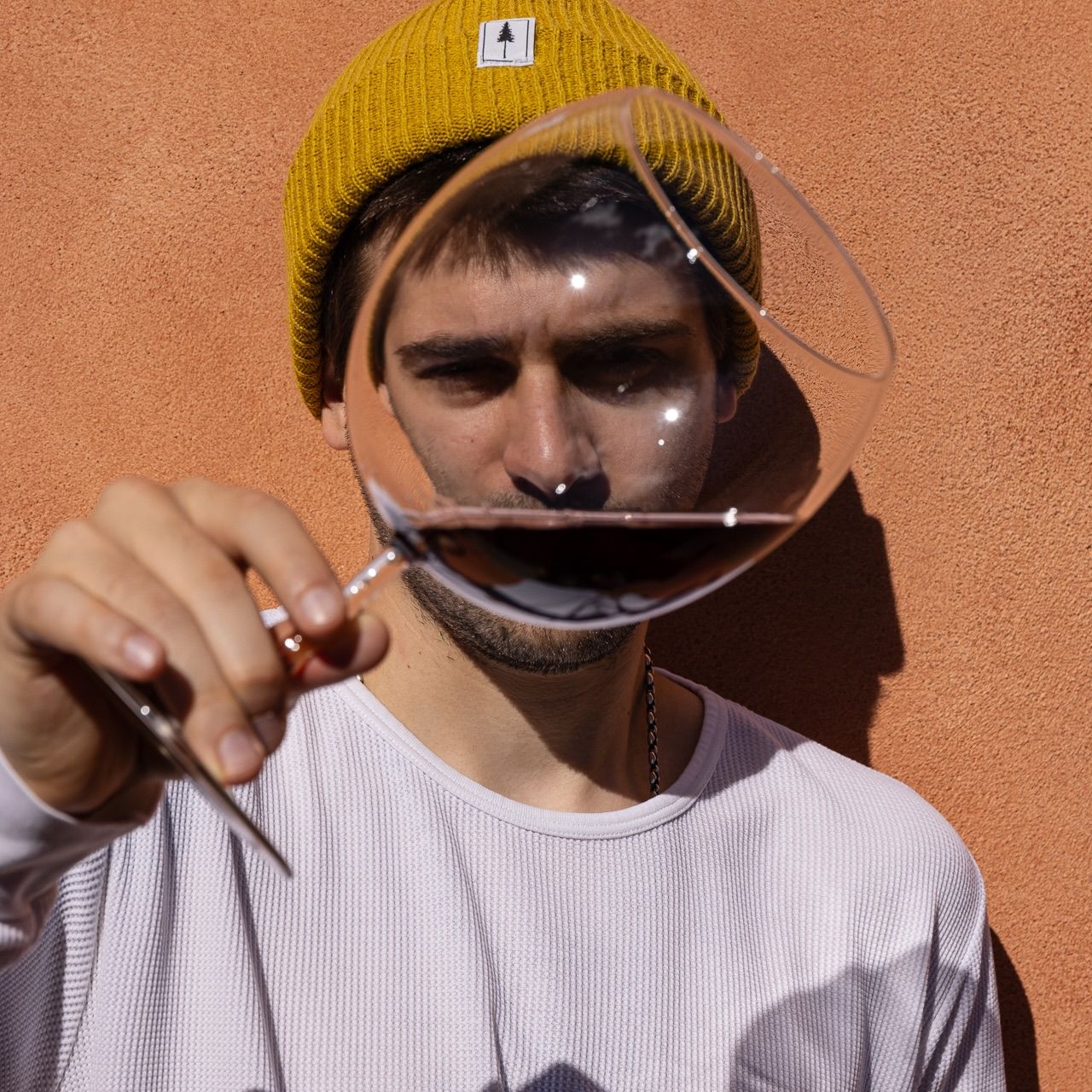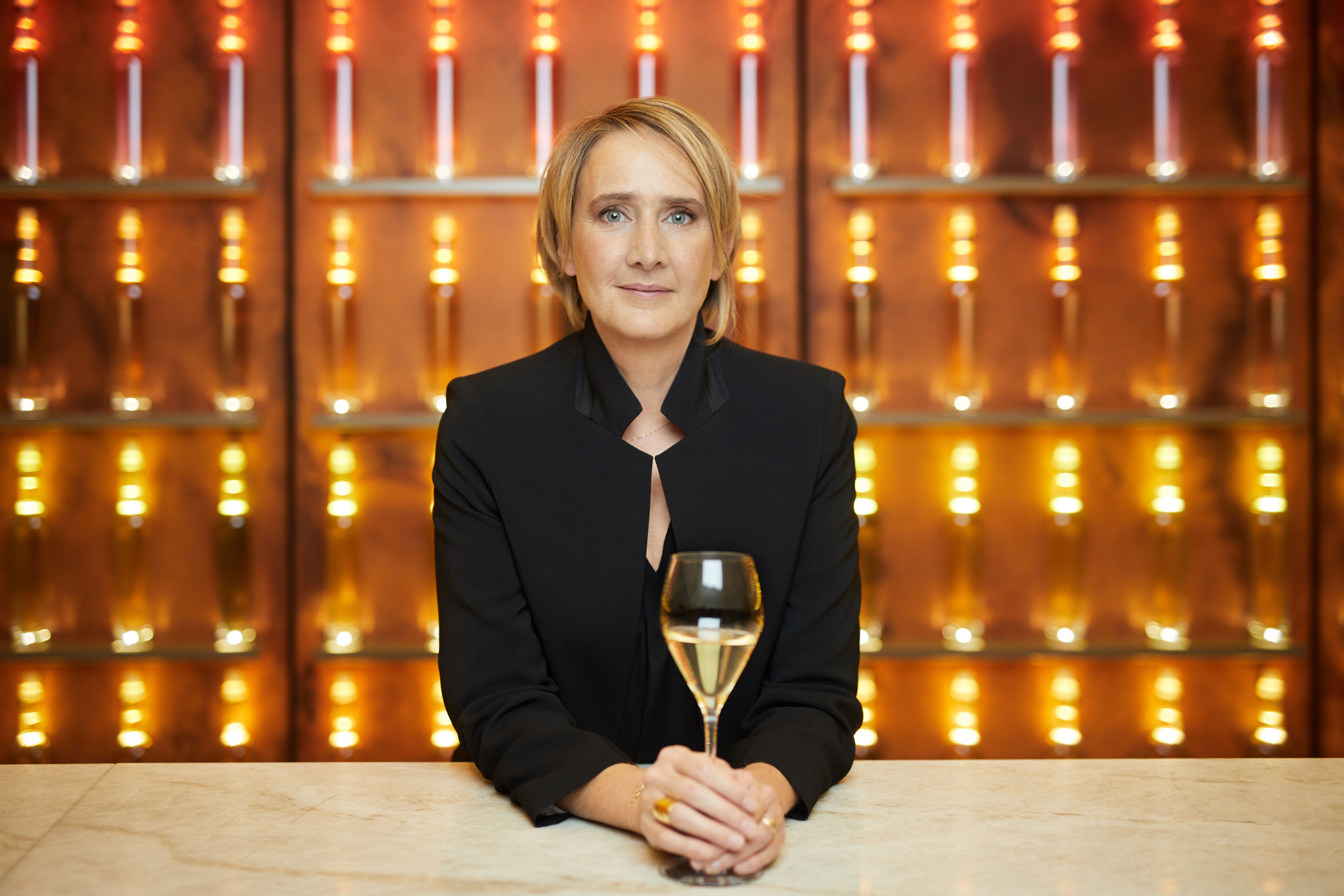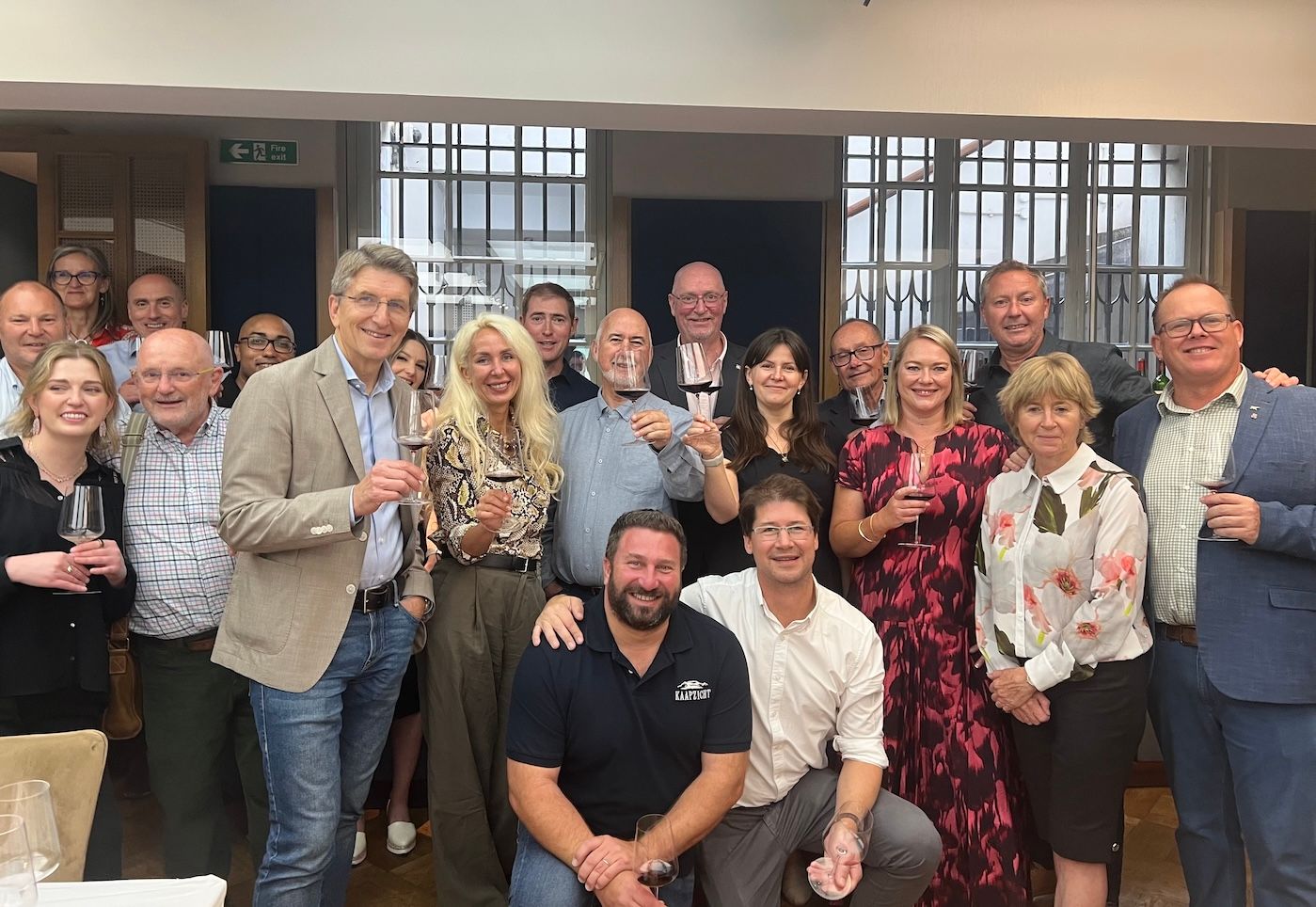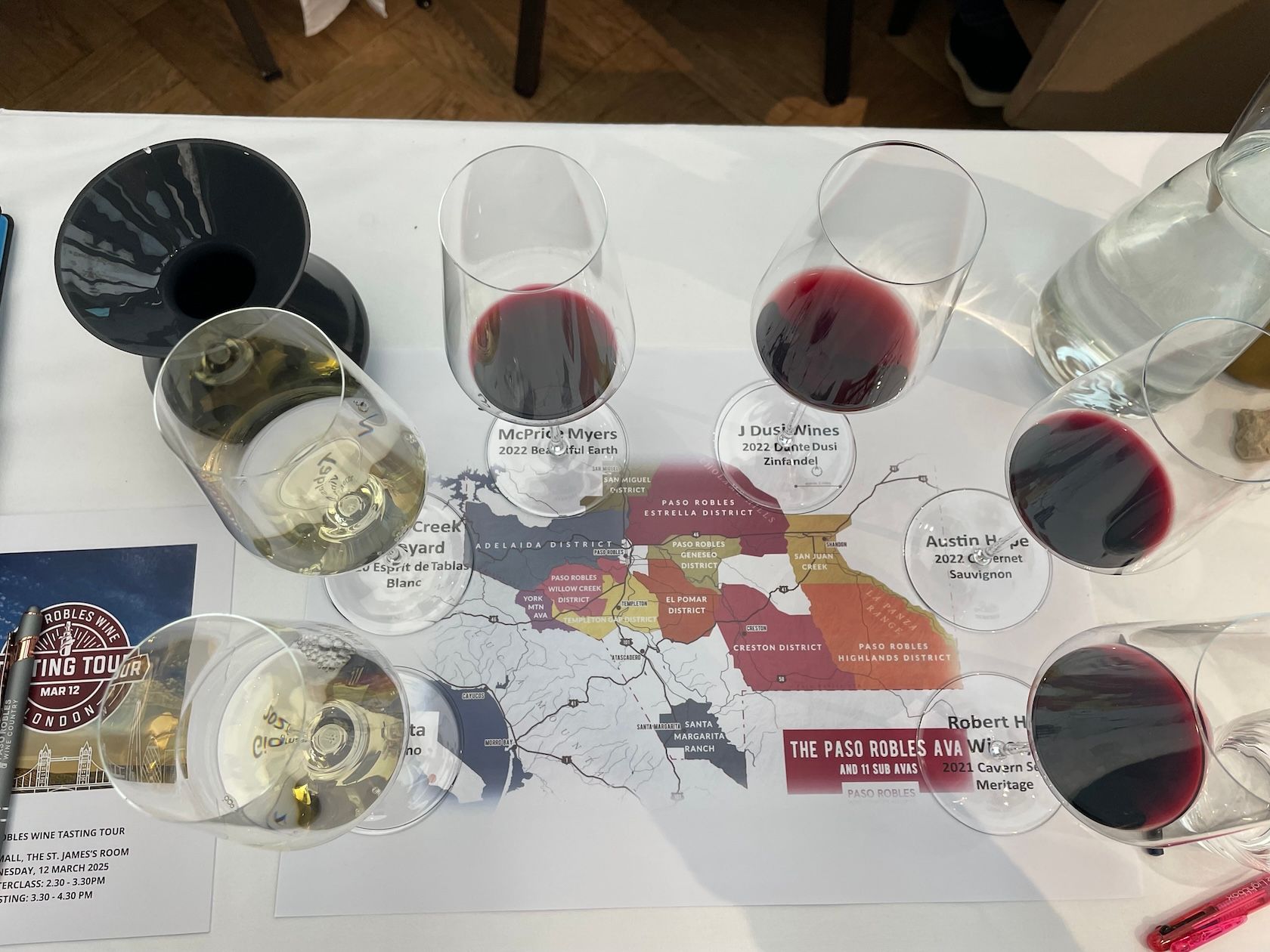Imagine if for the last 20 years you have made wine in the same way, using grapes from the same vineyards, picking up multiple awards along the way, and then a new face in town wonders if you have been doing things wrong all these years.
Well that is the prospect facing Kobus Basson, owner and managing director of leading South African producer, Kleine Zalze.
When new cellar master, Alastair Rimmer, joined the winery in 2013 he came with a big reputation for having worked harvests all over the world, clocking up an impressive 24 vintages by working in both the northern and southern hemispheres in the same year. Including six in the United States, three in Spain and four in Australia.
In that time he had sub-concsiously picked up a way of looking grapes and soils that enabled him to spot different pockets of vines in specific vineyards that can radically change the quality of wine.
So when Rimmer arrived at Kleine Zalze and started working with its vines he soon felt something did not feel quite right. Grapes, particularly Cabernet, that were in sun-facing vineyards were taking longer to mature and ripen than they should.
Fast forward a few months and a major investment in satellite solar radiation analysis of the soils and suddenly Basson and Rimmer were seeing the vineyards through a completely different set of eyes.

Solar and soil analysis is transforming the way wines are being made at Kleine Zalze and other South African producers
Different horizons
“These grapes were being grown in what traditionally we thought were the best south facing vines to get the most sun. But after the soil analysis we realised that actually these vines were amongst some of the coldest plots in the estate,” said Rimmer.
It means vines are being uprooted and replanted in areas that go against the traditional ways of making wine. It has called for a big intake of breath but such radical changes are necessary, stressed Basson.
“I am so excited about what we can still do. What we can still achieve”
Rather than look back at what could have been if he had made this discovery earlier, Basson is just excited about the future. “We are about to go in to our third period of 10 years. But this is potentially going to be the most exciting 10 year period based on what we now know. I am so excited about what we can still do. What we can still achieve,” he said.
“We now have the technology to understand our soils, our plant material, our vineyards so much better. All of which help us make even better juice by matching the right plant materials with the right soils,” he added.
Rimmer agreed: “We are still such a young industry. So this is not surprising.”
Ground breaking
He believes the changes being made at Kleine Zalze and the insights they are gaining from the soil and vineyard analysis are potentially hugely exciting not just for the winery, but for South African wine.
“In ten years we are going to transform the quality of wine being made in this area,” claimed Rimmer.
It has currently replanted four hectares of vines based on the solar and soil analysis. In 10 years time that will be a significant 45 hecatres. “We will then have wines that are off the charts compared to now,” he said.
“It is ironic, but having worked on Cabernet sites all over the world, we potentially have one of the best anywhere here at Kleine Zalze.”
Rimmer said the discoveries at Kleine Zalze are just typical of the re-invention of wine that is taking across the country.
“What we have seen in the Swartland over the last few years has served as a catalyst to look again at what are doing. To re-evaluate our vineyards and the way we are making wine in our own regions. Which is what we have done at Kleine Zalze,” said Rimmer.

Best yet to come
Basson agreed, picking out the work being done with Chenin Blanc as a great example of what is happening in South Africa. Here is one of the country’s signature grapes, but arguably all the best wines to be made with Chenin Blanc are still to be made.
“There is still huge potential, for example, in developing old bush Chenin, or using shorter barrel ferments,” he added.
The final word goes to Rimmer who after spending 10 years globetrotting the world making wine is convinced he is now in the best place to make wine.
“This is the most exciting place to be making wine in the world. I wanted to come back and be part of it.”









































